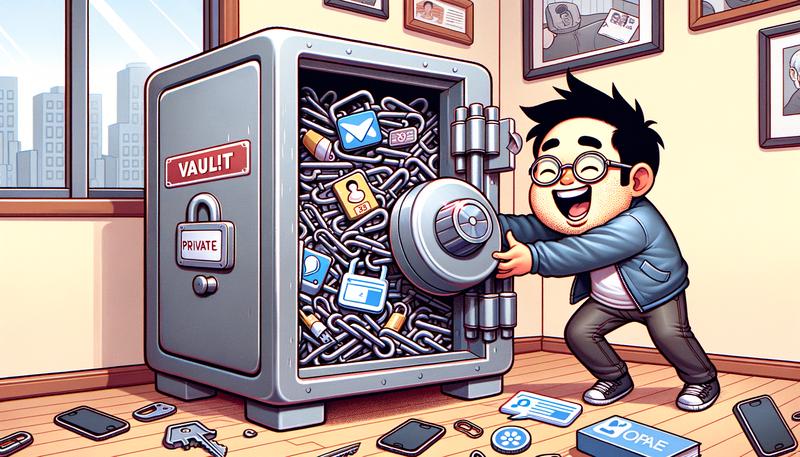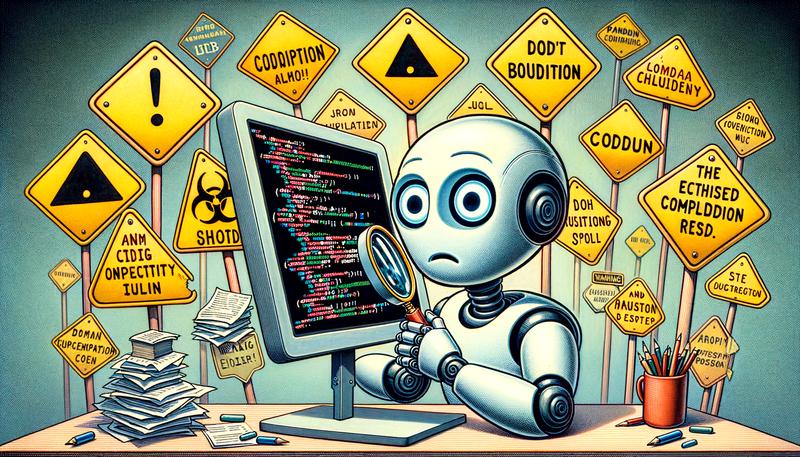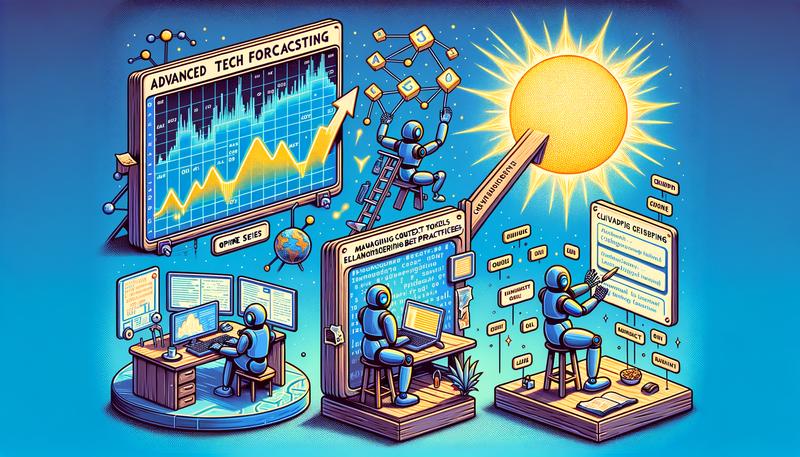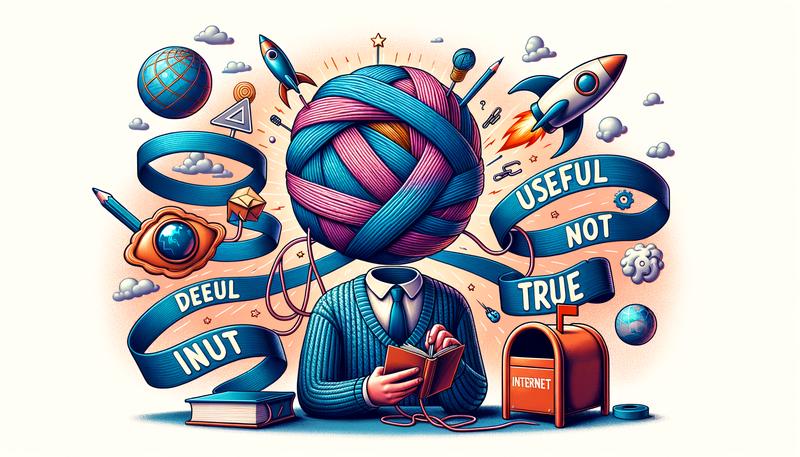I recently stumbled upon an incredible tool called “vault” that lets me securely store and organize all my valuable links, notes, and images. It’s private and open-source, which is a big win for anyone concerned about digital security. Plus, I love how easy it is to access and manage my curated digital assets. It’s the ultimate digital organizer!
- vault – save links, notes, and images. private & open source.: Securely store and organize your valuable links, notes, and images in a private, open-source vault. Return to easily access and manage your curated digital assets.









